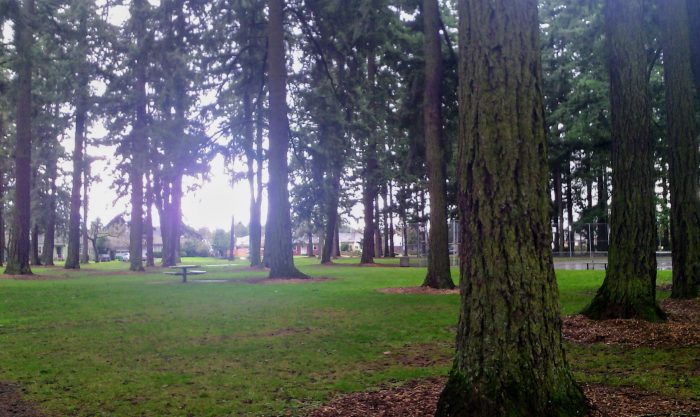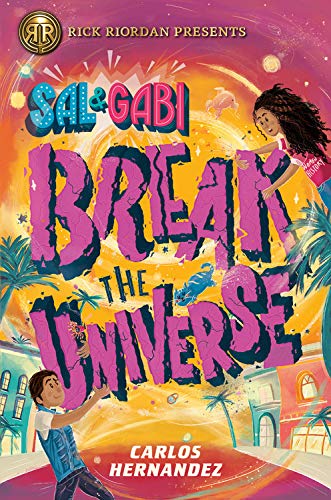Gradually, Then Suddenly
A couple of weeks ago I was proofreading a newsletter for my co-worker, and it felt strange that Black wasn’t capitalized when talking about people. I didn’t correct it, because it was consistent and I follow Chicago Manual of Style instead of APA for that newsletter, but sure enough a few days later the CMS confirmed my spidey-sense and announced the change in their recommendations. The AP, and therefore the website formerly known as my local paper, too. It was definitely less than a year ago but feels like ancient history that seeing Black capitalized meant I was reading something from the 1970s or a social work article.
”Is it reflex or sickness?”
I can’t remember how I got there—probably from Twitter—but I watched this five-minute video about asemic writing by Ananda Naima González, and gave it a try. Mine came out like this:
![]()
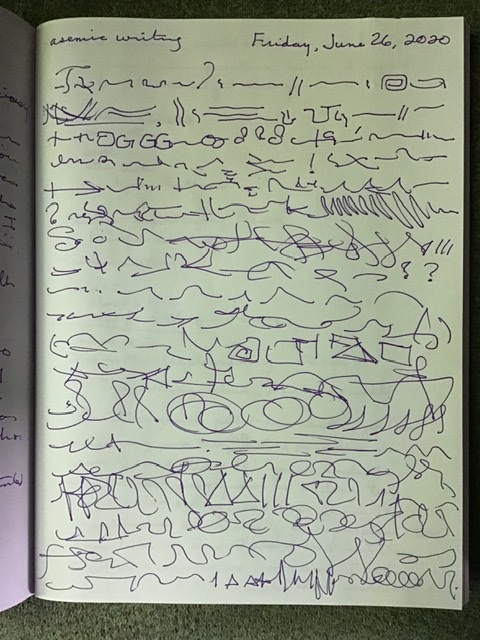
Looking back at the translation I wrote shortly afterward, it does reflect my state of mind on the day I wrote it. My favorite line: “is it reflex or sickness?”
If I try it again, I might write right to left, since I don’t usually get to do that and as a lefty it might feel good.
.
Love from A to Z, by S.K. Ali

Just finished the audiobook of this Muslim YA romance and it was so good! In the middle I was getting big Pride and Prejudice feels—they needed to work through their different outlooks on life, for real, but it was never the annoying “just a big misunderstanding” romance trope.
Then I was heading out for a walk and there was 45 minutes left in the book, and Adam and Zayneb were in love and trusting each other and communicating, and I thought, “Is it going to be 45 minutes of how things worked out happily?” and reader, it pretty much was!
I loved Adam’s family in particular and also now want to visit Doha. Islamophobia is a topic in the book, but not in the characters’ families or between Adam and Zayneb, It’s more about thinking through how to be yourself and not lose joy in your life even though haters are lurking.
There is a meant-to-be, Happily Ever After vibe much like the one in When Dimple Met Rishi, but it didn’t feel limiting to me like some YA romance does when it goes that way. Maybe because they weren’t high school boyfriend/girlfriend.
Anyway, it was a balm and just what I like in an audiobook.
Three More Things Wrap Up a Post
- CSA vegetables are a lifestyle. Last night I made a Caesar salad. Tonight is red lentil dal with turnip greens, radish greens, and mustard greens.
- Sanguinity and I are rewatching Farscape, about halfway through the first season. I forgot how trippy it is! like half the episodes are about some weird drug they come across. We remember the first season being something to get through before the show gets good, but at the same time a LOT happens in the first season.
- I’ve walked about six miles today. Since I’ve been following a rule that each week’s running mileage is half the walking mileage of the previous week, I will be running at least (checks log) five miles next week. That’s more than I have been.
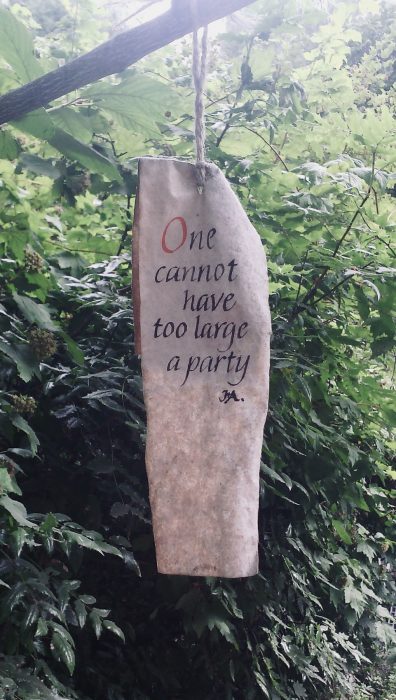


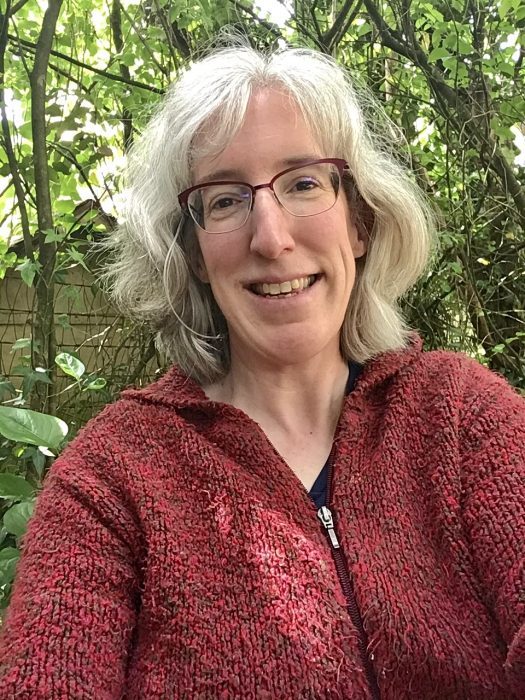

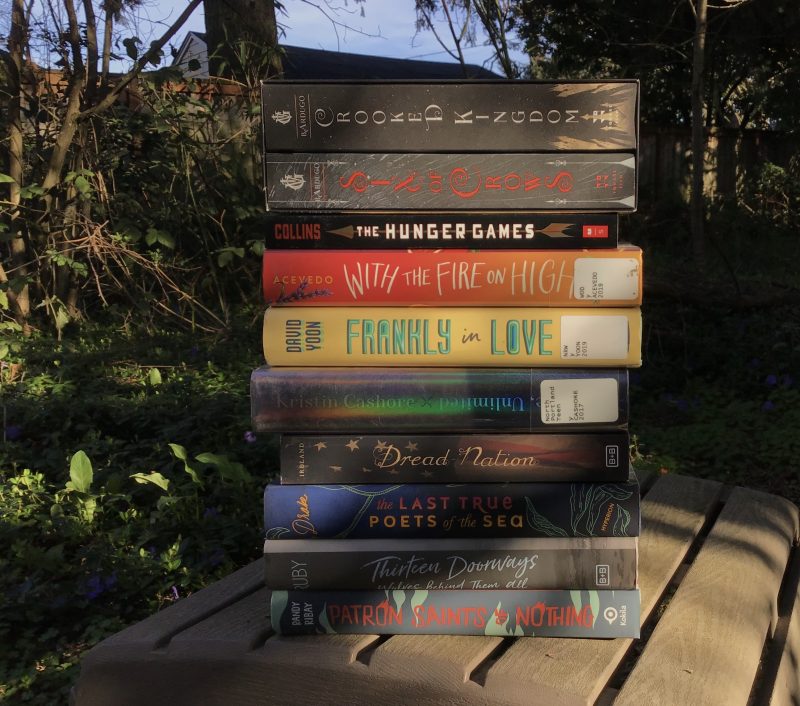
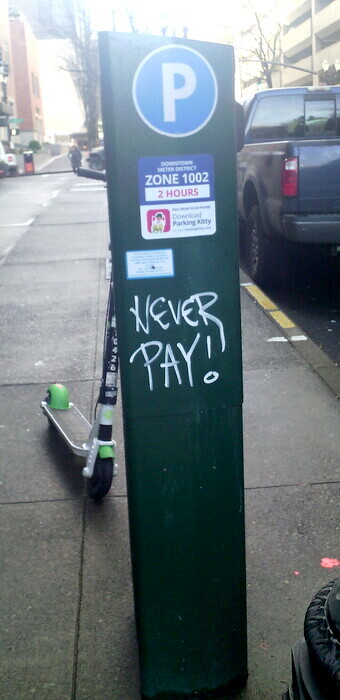
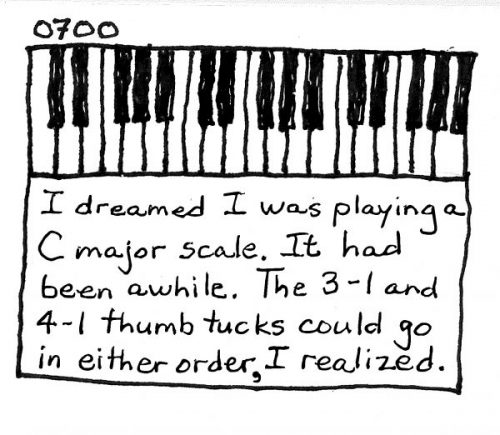
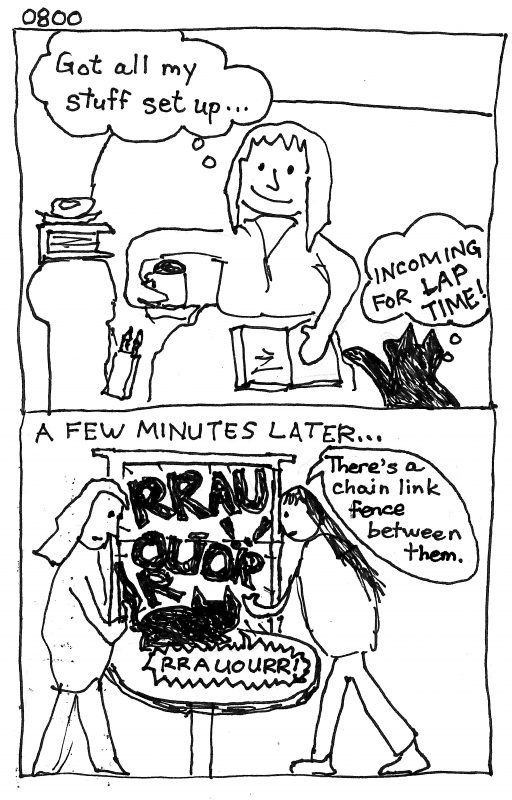
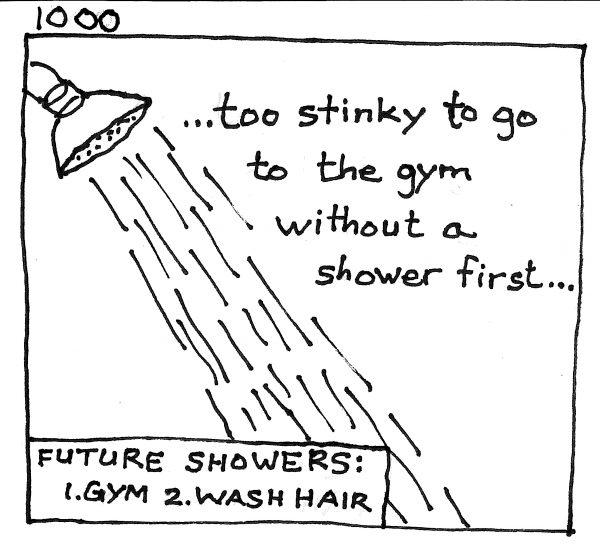
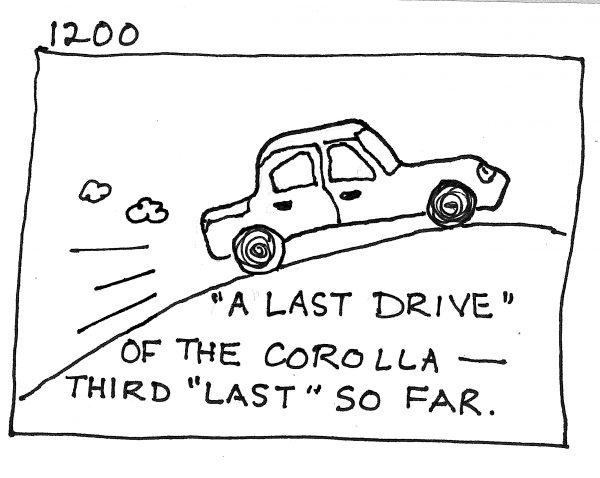
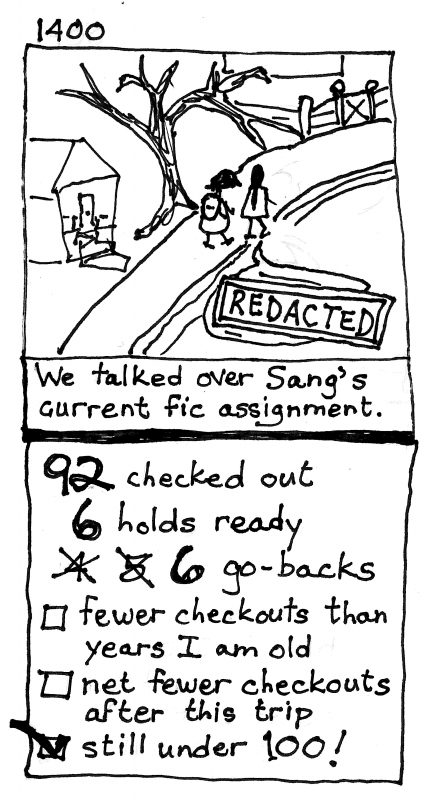

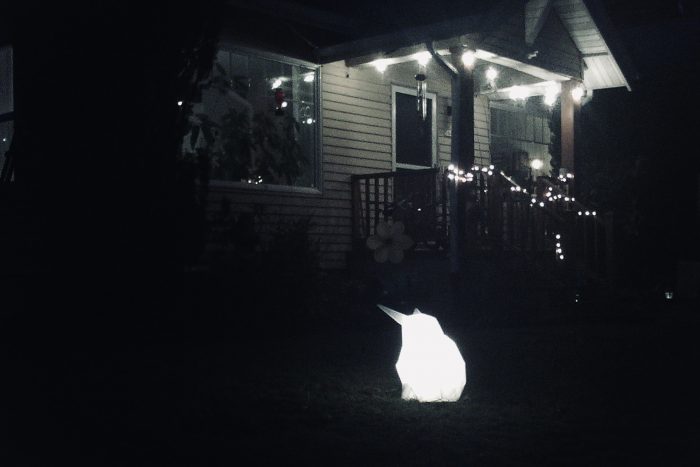
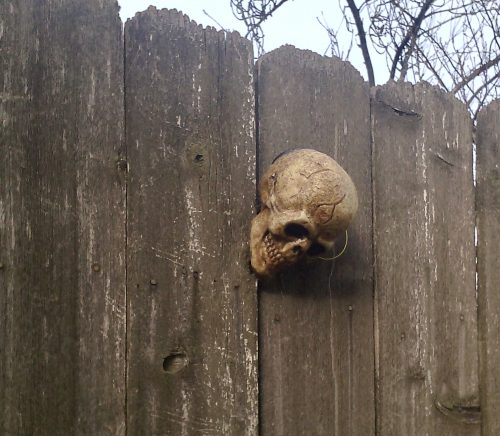
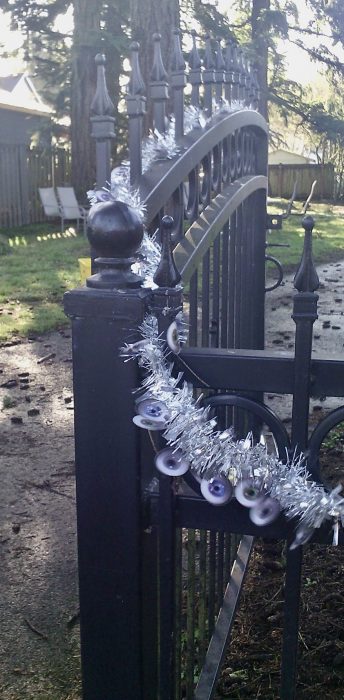
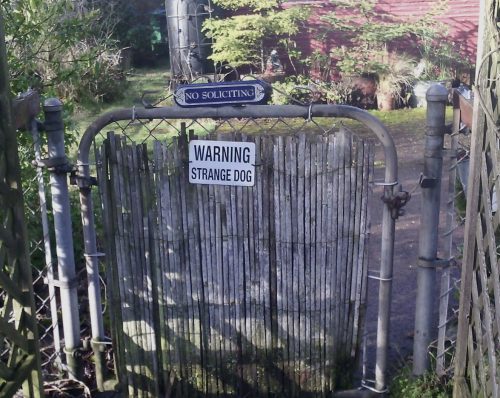
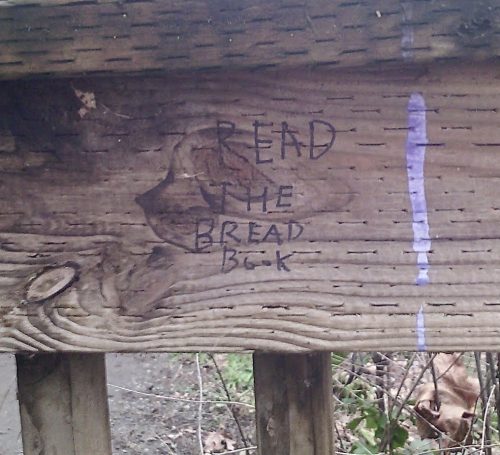


 In it, Regina is a kid when her nation loses federal recognition in the 1950s, and her family ends up moving away to LA, where the other kids only know about Plains Indians, through the distortion of TV and movies (so they think she’s weird and fake). Its publication was a collaborative labor of love among several Native and POC women, and seeing a kids’ book about disenrollment (and near where I live) feels important.
In it, Regina is a kid when her nation loses federal recognition in the 1950s, and her family ends up moving away to LA, where the other kids only know about Plains Indians, through the distortion of TV and movies (so they think she’s weird and fake). Its publication was a collaborative labor of love among several Native and POC women, and seeing a kids’ book about disenrollment (and near where I live) feels important.


